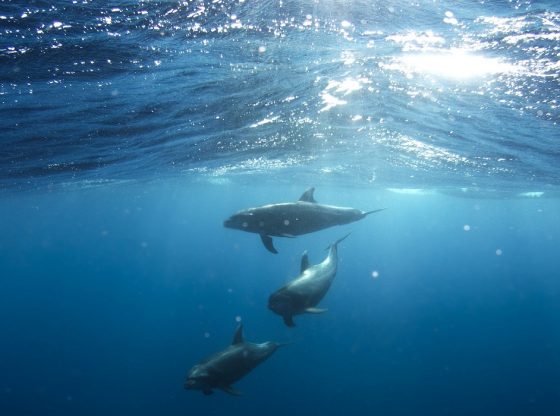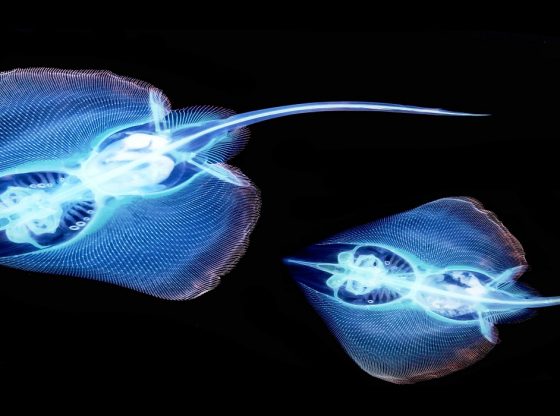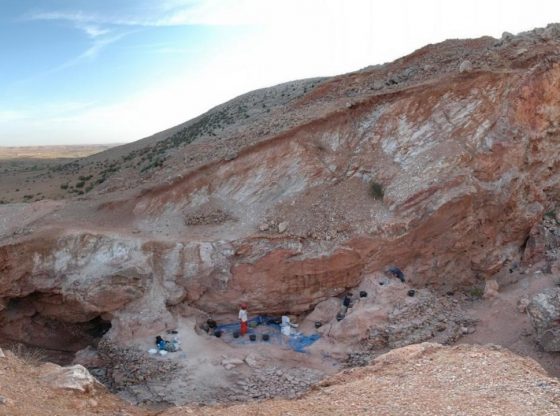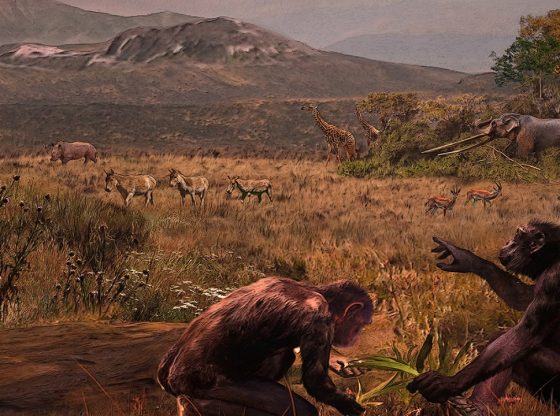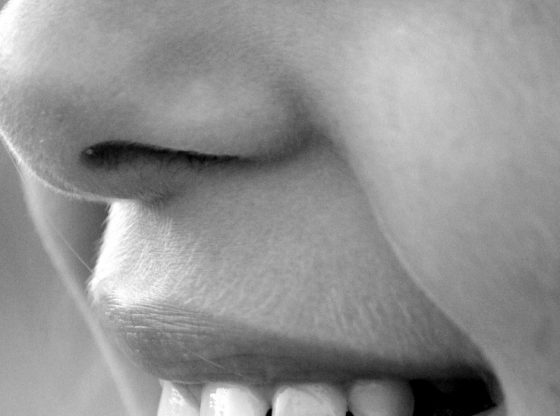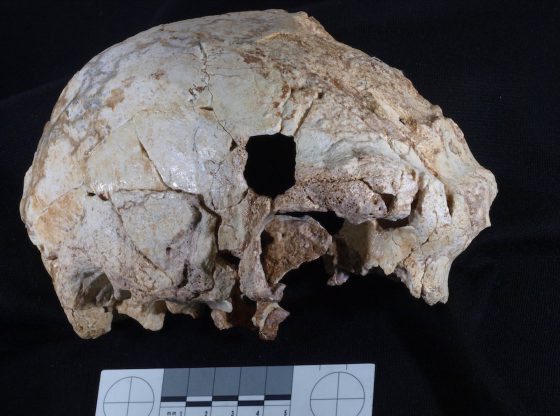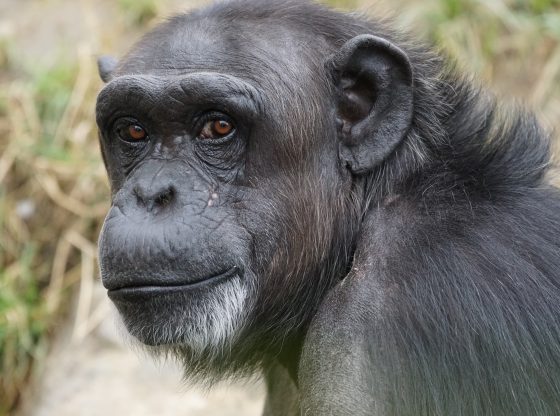A new fossil of a Placodermi raises the question whether this is the animal from which we have our jawbones to thank.
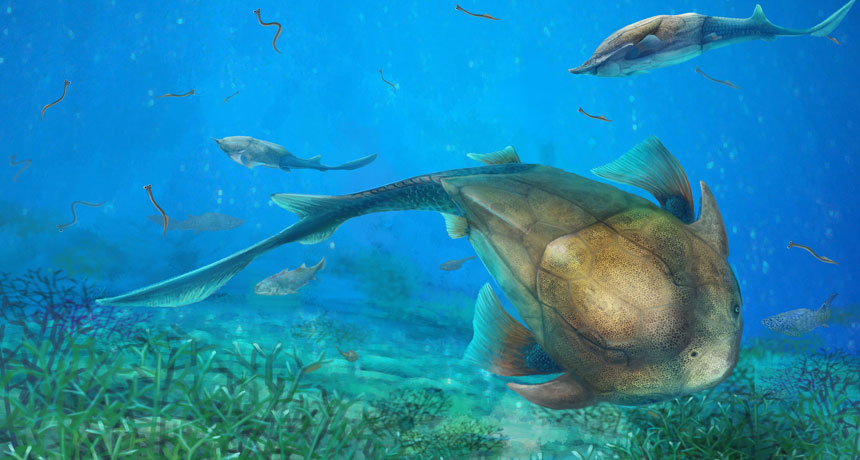
The fossil looks to be a kind of intermittent form of Placodermi. As it looks like this prehistoric animal, but also has a bone in the jaw that is more reminiscent of the bones found in today’s bony fish and terrestrial vertebrates.
Placodermi was common in the seas around 400 million years ago. They were covered with a sort of armor and were the first vertebrates that had a jawbone at all.
Researchers have however assumed that it wasn’t the Placodermi that we have to thank for the jaws found in most animals today. This fossil might change this assumption, the researchers write in the journal Science.
Reference:
Min Zhu et al. A Silurian maxillate placoderm illuminates jaw evolution. Science 21 October 2016. DOI: 10.1126/science.aah3764


